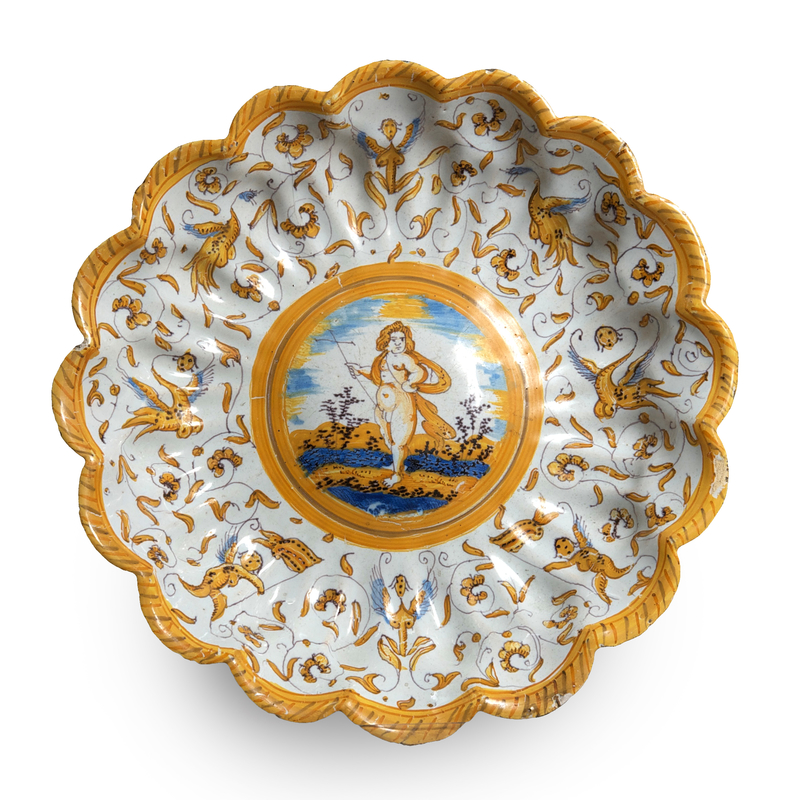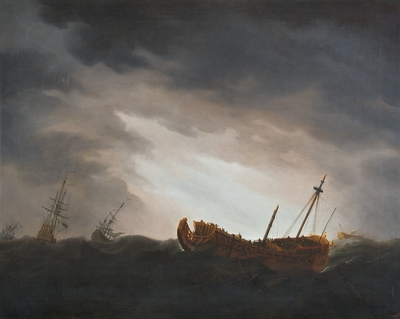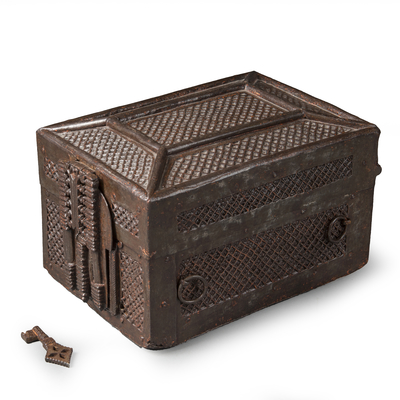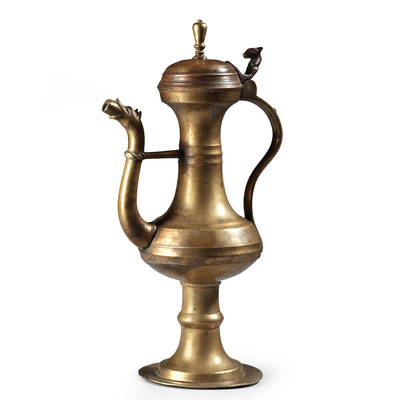Dutch maiolica polychrome scalloped plate
Global shipping available
- Origin
- Haarlem
- Period
- 1640-1650
- Material
- Maiolica
- Signature
- Attributed to Willem Jansz. Verstraeten
- Diameter
- 27 cm
- Literature
Similar plates are illustrated in Frits Scholten, 'Dutch Majolica & Delftware (1550-1700) from The Edwin van Drecht Collection', Amsterdam, 1993, pp.102-103, ill. 90.
Questions about this object?
Please use one of the contact options below:
Description
The plate is decorated with a central figure of Cupid or cherub holding a cross-staff, surrounded by a border of grotteschi at the scalloped rim.
This plate has been attributed to the Haarlem pottery studio of Willem Jansz. Verstraeten since JC van Dams famous article in 1982.
The grotteschi decoration was originally introduced on Italian maiolica in Urbino by Orazio Fontana in 1515. The Urbino Patanazzi family further popularized the theme. Therefore the grotteschi decor is also known as the Patanazzi decor.
Around 1650 Willem Jansz. Verstraeten was involved in various lawsuits with his own son concerning pottery decoration. He lost and was forbidden to use the chinoiserie decoration that was very popular at the time. Willem Jansz Verstraeten registered that he would work with ‘new inventions’. The grotteschi decoration must have been one of these.
The plates and bowls, like this scalloped one, were made with a mould. That’s why only three sizes are known. They were made between 1640 and 1660. A couple of years later Delft factories started to use the decor in blue. In the eighteenth century the decor was used in polychrome glaze, but it was most popular in seventeenth century Haarlem.





